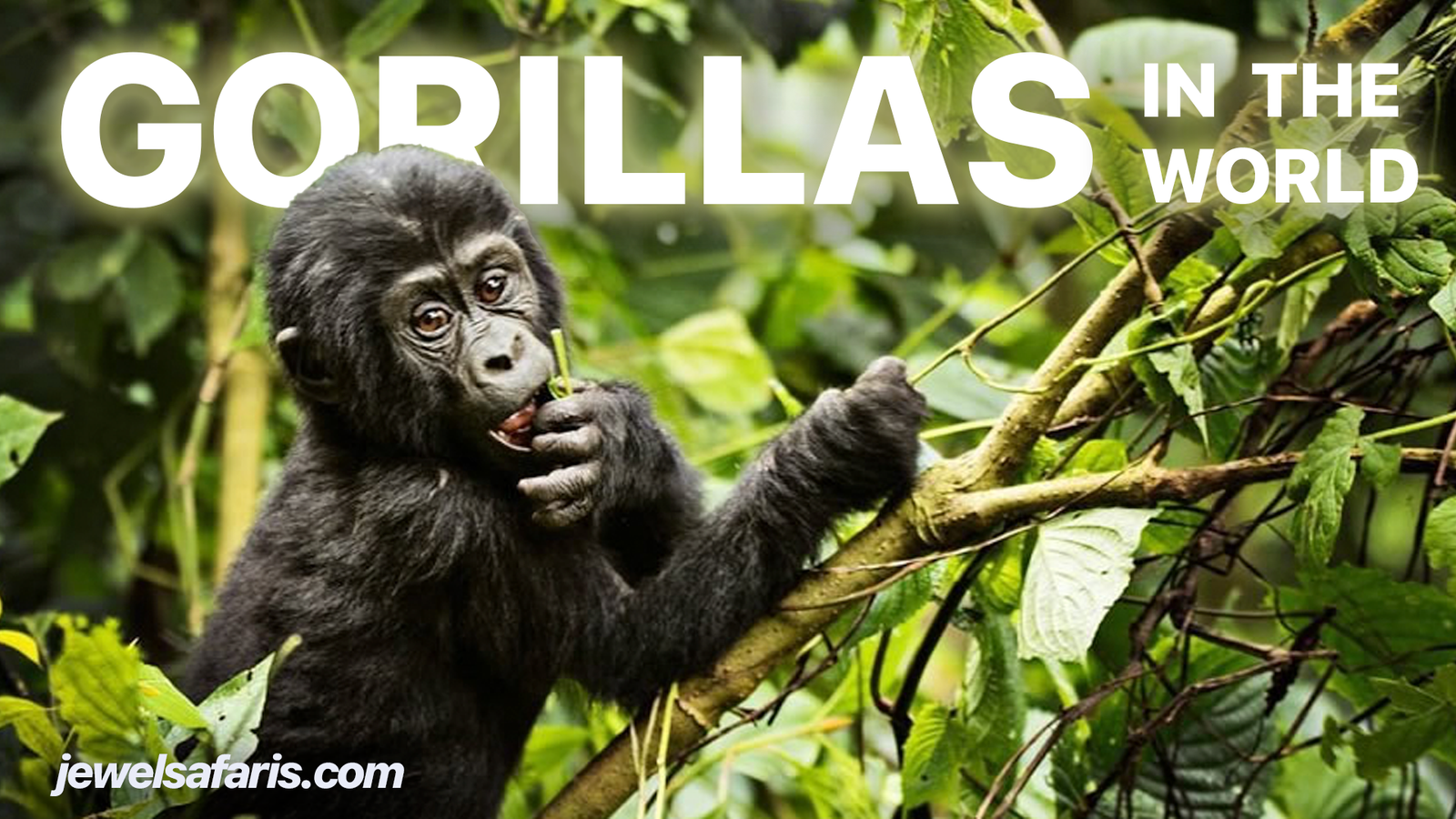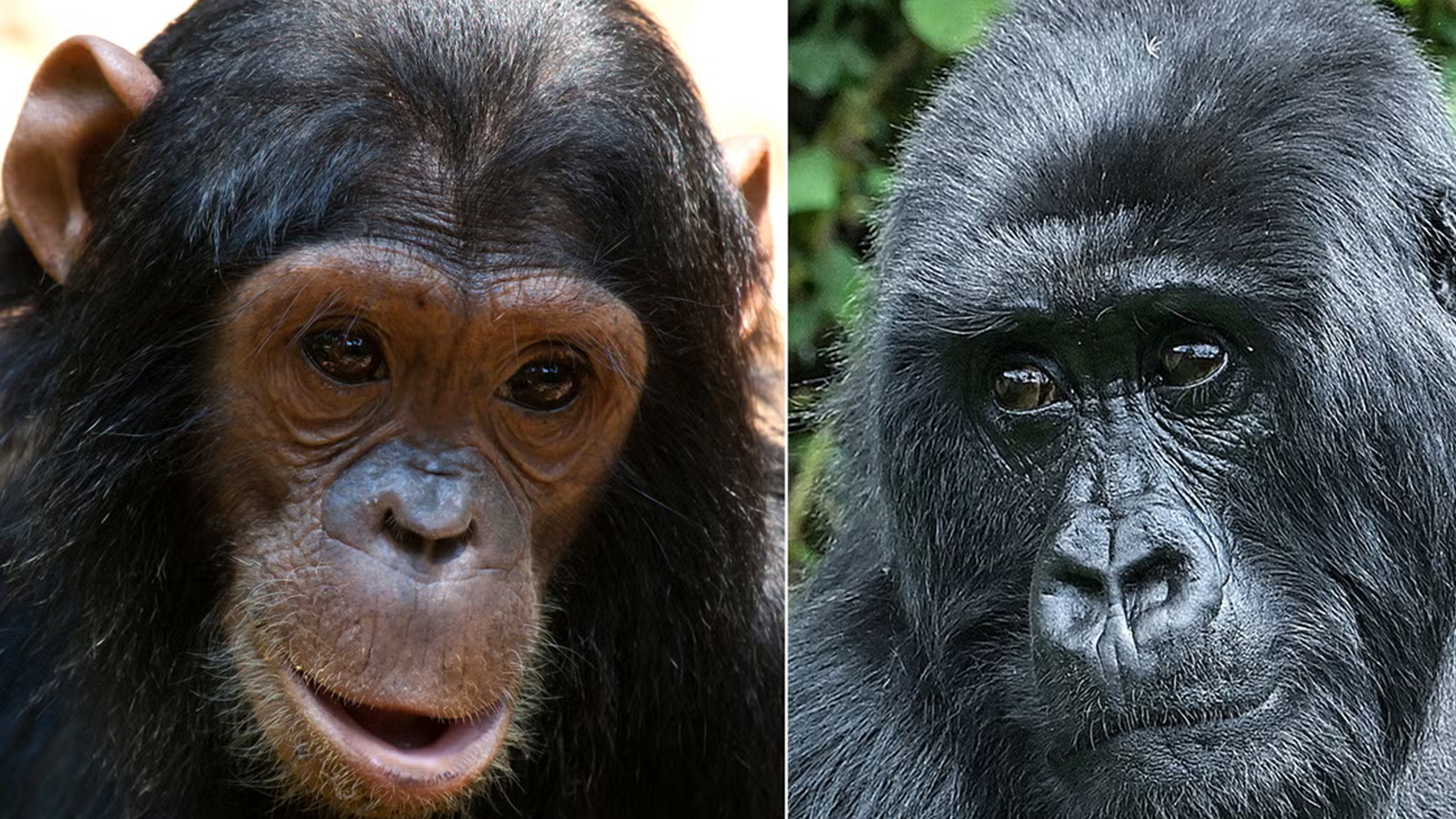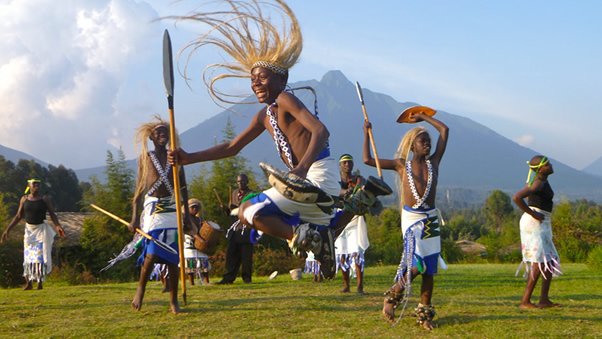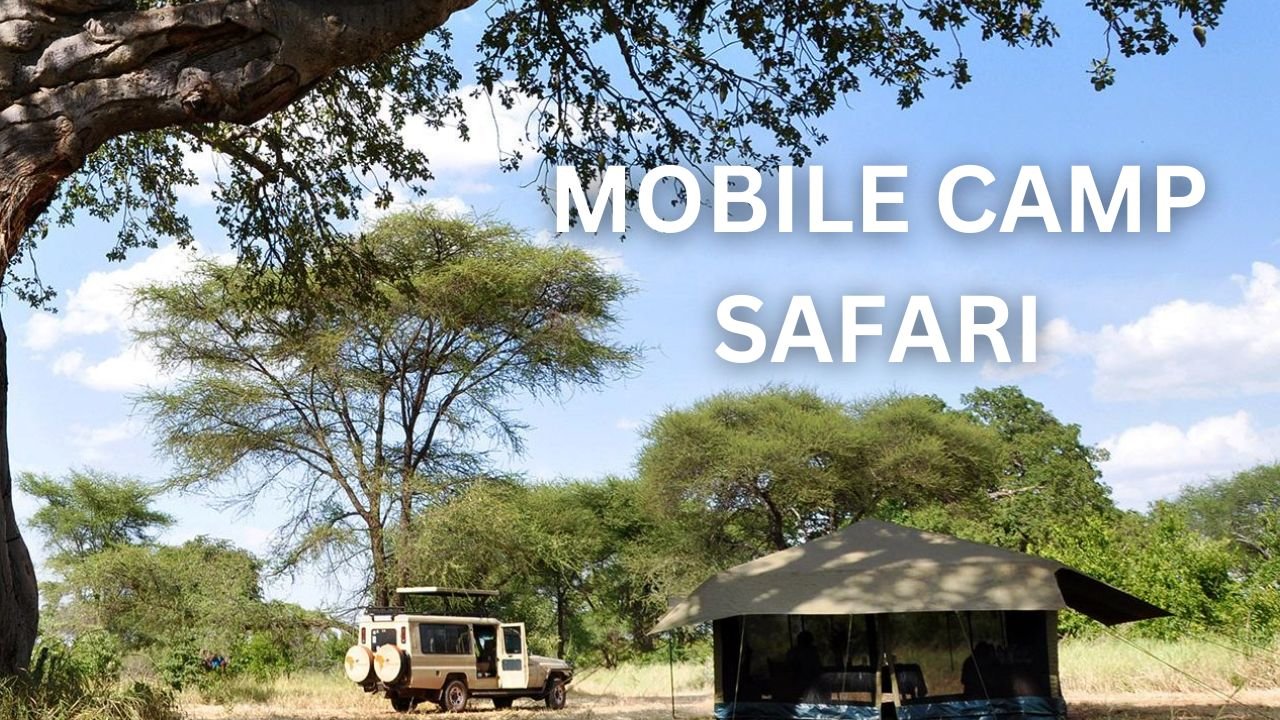How Many Mountain Gorillas are left in the World
As of November 2025, the mountain gorilla population has risen to 1,063 individuals, up from 1,004 in 2018. This growth reflects the success of ongoing conservation efforts.
Mountain gorillas, a subspecies of Eastern gorillas, inhabit the Virunga Mountain Range—spanning Rwanda, Uganda, and the Democratic Republic of Congo—and Bwindi Impenetrable National Park in southwestern Uganda. In the late 19th century, their numbers dwindled to approximately 300, pushing them toward extinction.
The dedicated work of American primatologist Dian Fossey, who devoted her life to their preservation until her death in 1985, was pivotal in reversing this decline.
Sharing 98% of their DNA with humans, mountain gorillas are closely related to us. Each gorilla has a unique nose print, akin to human fingerprints. Adapted to high-altitude volcanic mountains, they possess thick, long fur to withstand cold temperatures. These social animals live in groups ranging from 5 to 30 members, led by a dominant silverback who oversees daily activities. Their diet mainly consists of vegetation, supplemented occasionally by ants, insects, and termites.
How Many Mountain Gorillas are left
The 2018 census estimated 1,004 mountain gorillas in the wild, a significant increase from the 786 recorded in 2010. Notably, Bwindi Impenetrable National Park harbors about half of this population. The past seven years have seen a 26.3% rise in numbers, with an average annual growth rate of 3.7%.

This positive trend is largely attributed to intensive conservation initiatives, including anti-poaching measures, habitat protection, and community engagement.
Despite being removed from the list of critically endangered species, mountain gorillas remain dependent on sustained conservation efforts. They continue to face threats such as poaching, habitat loss, disease outbreaks, and regional instability. Tourism, particularly gorilla trekking, plays a crucial role in funding these conservation activities, as a significant portion of permit fees is allocated directly to preservation programs.
Where to Trek Gorillas in Africa
Mountain gorilla trekking is available in several national parks:
- Uganda: Bwindi Impenetrable National Park and Mgahinga Gorilla National Park
- Rwanda: Volcanoes National Park
- •Democratic Republic of Congo: Virunga National Park
Gorilla permits are priced at $700 in Uganda, $1,500 in Rwanda, and $400 in the Democratic Republic of Congo. Due to high demand, especially during peak seasons, it’s advisable to secure permits at least three months in advance. While trekking is possible year-round, the optimal periods are from December to February and June to August.

Given the high-altitude habitats, trekkers should prepare for cold temperatures and potential rainfall, even during dry seasons. Essential gear includes sturdy hiking boots, raincoats, warm clothing, energy snacks, drinking water, sunscreen, hats, insect repellent, and gloves.
Participating in gorilla trekking not only offers a unique wildlife experience but also directly supports the conservation and continued growth of the mountain gorilla population.



